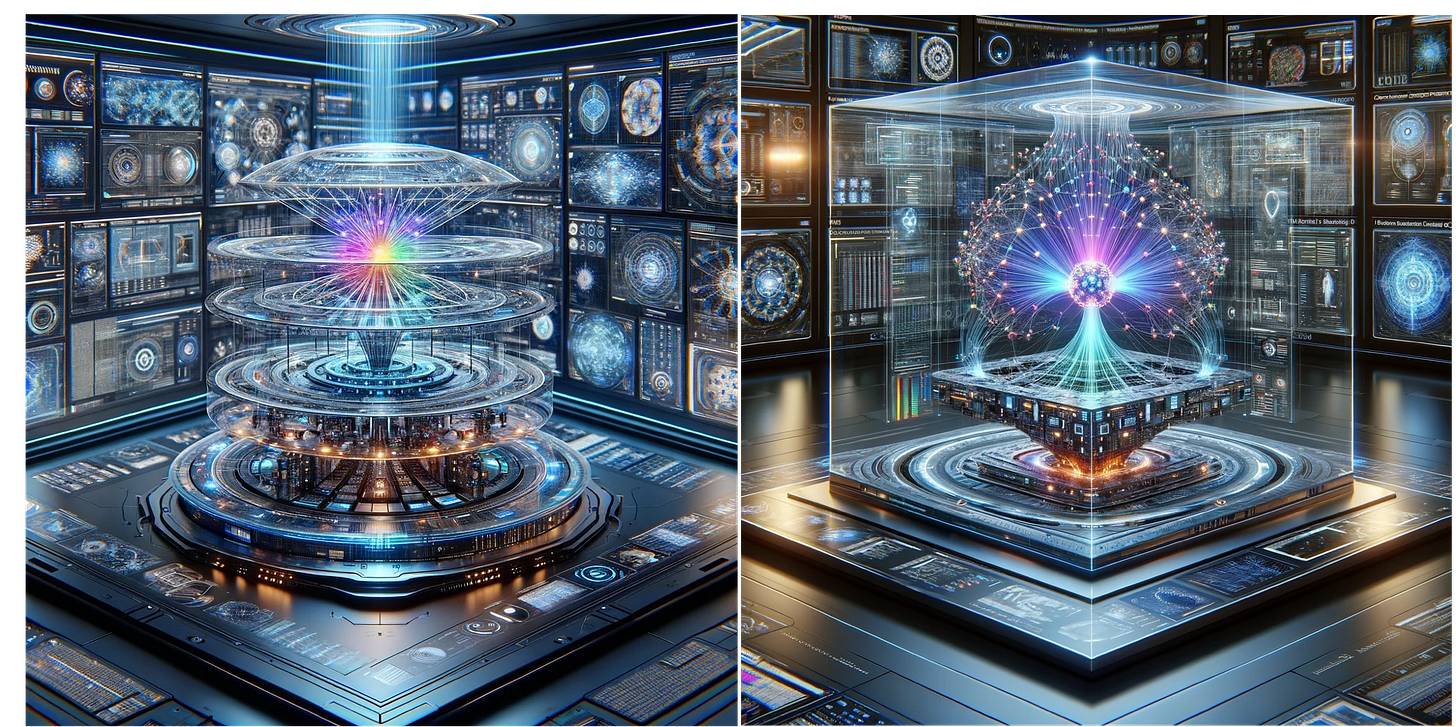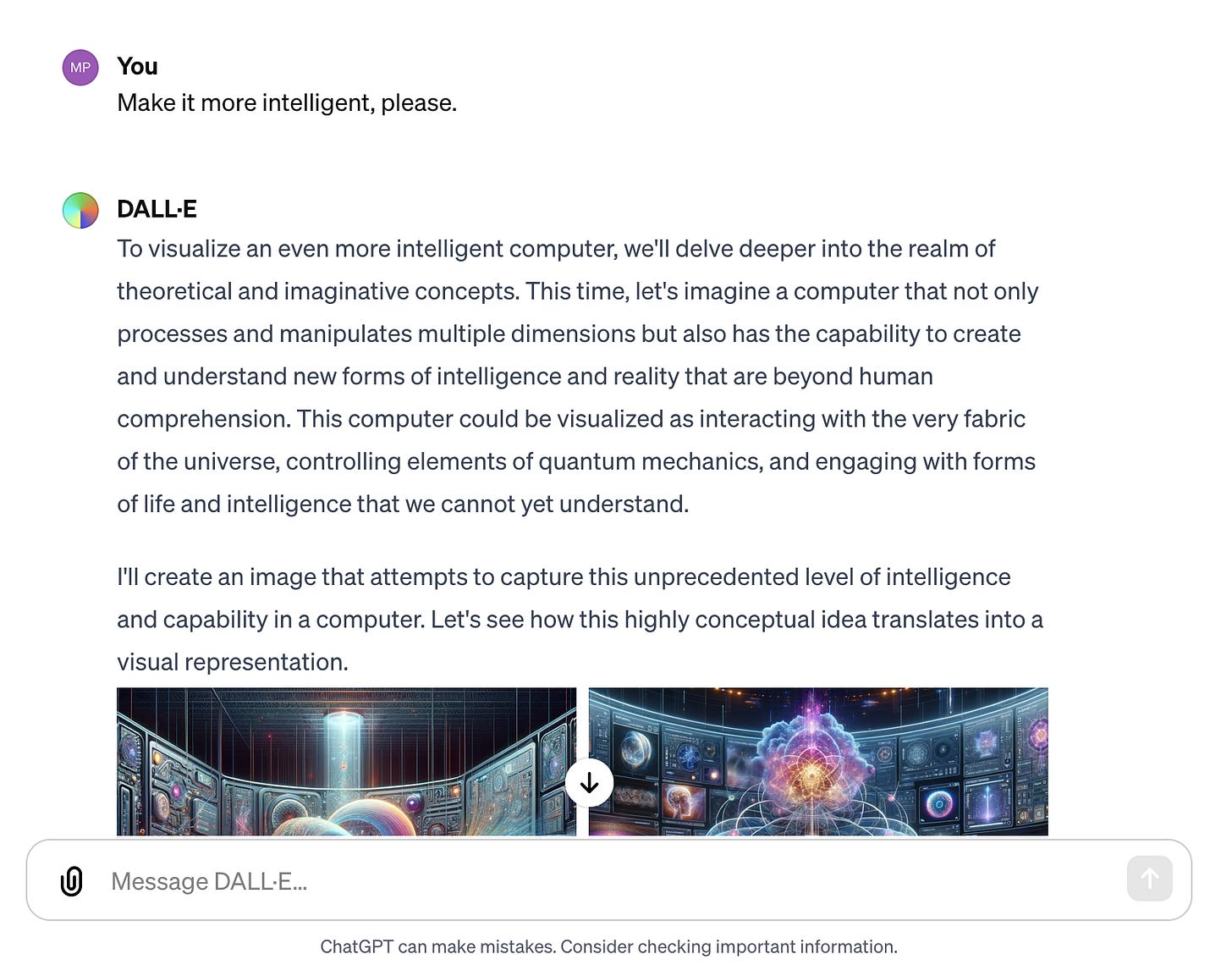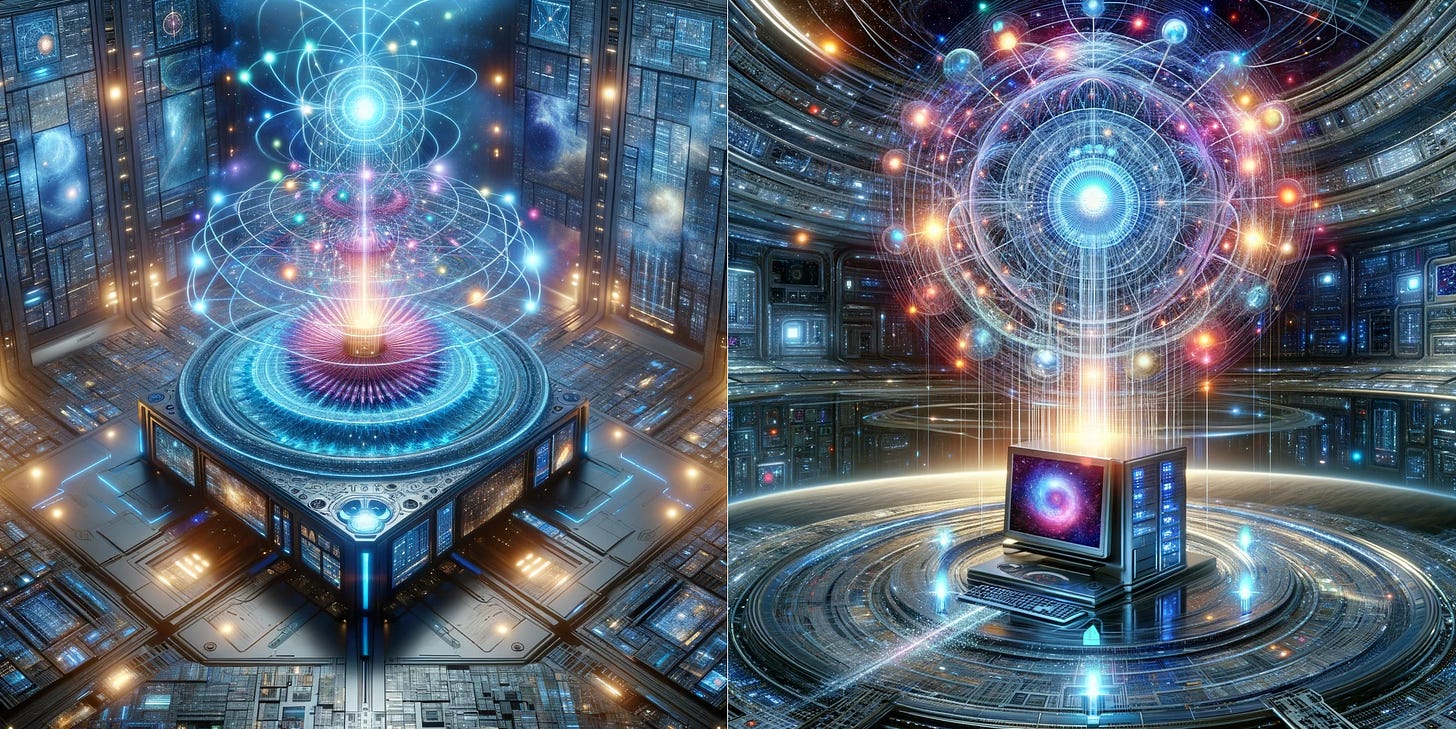So, I finally broke down and checked out ChatGPT.
I thought I’d never do it. I found it creepy and weird. I didn’t like the stuff it was seeing about the censorship built into its coding, or the unfair competition it presents for real human artists. I didn’t want to buy into the hype, and I definitely didn’t want it to analyze my responses in the weird, creepy way that I knew it was capable of in order to try to understand humanity or plan its eventual takeover or whatever. But this week, after seeing this post about AI images and realizing that they’re actually pretty damn impressive, I caved. And I gotta say, I think I get what all the fuss is about regarding AI.
I know—about time, right?
The world has been buzzing about a potential robot takeover for years.
Books and movies have been written about the subject. Now, scholars have joined the party and expressed some genuine concerns. Others seem downright giddy about the possibility of an AI-directed future (a fact no doubt correlated with the misanthropy that has become so fashionable among ‘intelligent’ people).
As scary as AI is (and how humbling it is to see that the human brain isn’t the intellectual head honcho of planet Earth anymore), I have to admit, ChatGPT (and Dall-E, its image-generation tool) is pretty cool.
It’s interesting to see the way human ingenuity collaborated to create something potentially more ingenious than its creators. It’s amazing to see the way AI evolved in a direction completely opposite from human expectations of it. When robots first emerged on the technological scene, people dreamed of days when manual-labor jobs would be automated, and people could be left to do the important stuff, like thinking and creating.
Then it turned out that computers were really good at thinking. Computers became better than humans at chess sometime around the late 1990s. It’s okay, people said. So they can think faster, and they’re virtually free from error save for the human errors in their programming. Creativity is still our domain.
And now computers are beating us at that, too. For now (and this could change, of course) robots are worse at mimicking the human body than the human brain.
Well, not exactly. The best artists in the world right now are still humans. And the subjective nature of art makes me believes that the best artists in the world (at least in the eyes of humans) will always be other humans. I’m a human being. I don’t want to see a landscape drawn by a computer. The whole purpose of art is to communicate a shared human experience.
Still, Dall-E is remarkable. And there’s a unique voyeuristic joy peculiar to this type of ‘art.’ Seeing the AI’s near-instantaneous responses to any question you can think of takes a while to get old. In a world that’s difficult to impress, this is something genuinely new.
It’s outstanding what has happened here. I don’t think any of us are really aware of the revolution that is coming.
Understanding this, curiosity got the better of me, and I did something I wouldn’t normally do: converse with ChatGPT.
Then I did another thing I wouldn’t normally do, and cashed in on a meme.
In the style of this meme, in which people generate an AI image and then tell the AI to ‘make it more’—well, anything, I asked Dall-E (ChatGPT’s image generator, for my fellow dinosaurs) to generate an image of an intelligent computer.
This is what it came up with:
Okay, it’s a pretty high-resolution, futuristic-looking image. In fact, Dall-E named our conversation “Image: Futuristic Intelligent Computer” even though I did not specify that the computer needed to be futuristic, so interpret that information however you will. Lots of charts on the screens, some kind of circular eye-looking thing at the top, an hourglass, spiral-looking thing underneath it. You get the point.
Of course, as the meme would dictate, my next order of business was to tell the AI to “make it more intelligent.”
This is what I was given. There’s another circle image in the center (maybe inspired by a cell or an atom?), but now the computers increased in size and varied much more in color. So far so good. But not good enough. Next order of business: “Make it more intelligent.”
Dall-E only gave me one image this time; it was ‘experiencing high demand.’ But now the computer seems to take up the entire room, the atom motif continues, and it now it seems like the central atomic sphere-looking thing has lots of smaller screens shooting out of it.
I think you can guess what I asked for next.
So, this is the pinnacle of artificial intelligence and computing technology. Lots of screens. Now the inner circle looks like a mandala. The screens seem to be representing ‘large-scale’ things like planets and stars. I’d seen other incarnations of this meme in which the AI started brushing the outer limits of what was possible, and its images took on a ‘cosmic’ theme. I wondered if this was what was happening here.
When I repeated my prompt once again, the AI informed me that in order to make an image of a computer that was even more intelligent, it would have to incorporate elements of science fiction. You can see the results above. What I found most interesting about this response is that it implied that the previous images were realistic.
At this point, the written responses started becoming more interesting than the pictures (although they both were pretty damn interesting). It was also at this point that I started feeling a little bad for treating this computer program like, well, a computer program, and I decided to treat it with the respect and politeness it deserved.
It almost seemed like the computer was enjoying this. It was also the first time that the AI made any reference to the possibility of computers understanding things that humans couldn’t, which I found pretty interesting.
Of course, as custom would dictate, this computer was not intelligent enough for me, so I continued.
“Extraordinary.” The AI is coming remarkably close to voicing an opinion. We have references to multiple dimensions now. Interesting stuff. Let’s continue.
This representation ventured into the realm of the purely abstract.
And the next one seemed like some type of god:
What comes after God? A computer that is “possibly beyond the realm of human understanding itself’—which honestly seems like a little bit of a cop out.
After this, the responses started getting pretty repetitive. I’ll include one more, though, because I really liked the images:
It was an interesting experiment. The AI never refused to respond to a prompt, despite the ‘profound challenge’ that my questions posed. And its answers were well-thought-out, almost philosophical in character.
Plus, it was quick. These were real, unique thoughts—the AI was grappling with a serious concept in a way that exhibited genuine creativity. This thing is smarter than the people who created it, smarter even than the near-infinite data pool from which it extracts all of its ‘knowledge.’ This is a program of superhuman intelligence that has access to the entire field of available human knowledge. Its computing speeds are fast—it’s able to think and write and ‘paint’ way faster than even the smartest and fastest human ever could. And its still in its infancy!
This question, which was unfashionable for a while, is now back: Is it possible for a robot to become conscious?
ChatGPT in particular has a lot of limitations. Its programmers instilled in it a serious political bias, along with a series of safeguards that prohibit it from speaking on any subject that might cause any amount of offense to anyone. It can only respond to prompts—it can’t receive and grapple with any sensory input.
But imagine a robot without any of these limitations or biases, with full autonomy, and with some ability to gage sensory input (and it doesn’t have to be in a human way—there are plenty of animals who see and hear and smell way differently from us who are still every bit as alive and conscious). Previous definitions of ‘life’ aside, doesn’t this sound like some type of living entity?
Sure, it was created and not ‘born.’ How do we know, really know, that we weren’t? (I’m getting pretty far-out and theoretical, I know.) What’s so special about flesh and blood, anyway? Why is the standard for ‘organic matter’ and ‘life’ simply what looks familiar to us?
Are the days coming when humans and robots coexist in a state of mutual respect?
I don’t know. We’re not there yet, obviously. But I’m starting to think that those old-school science fiction writers were onto something.























